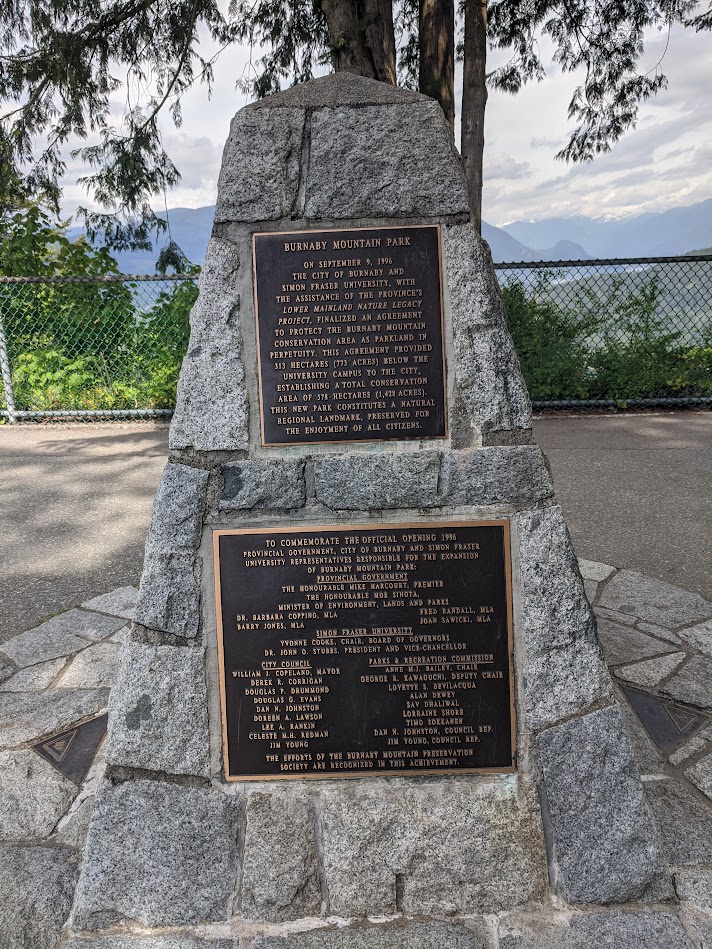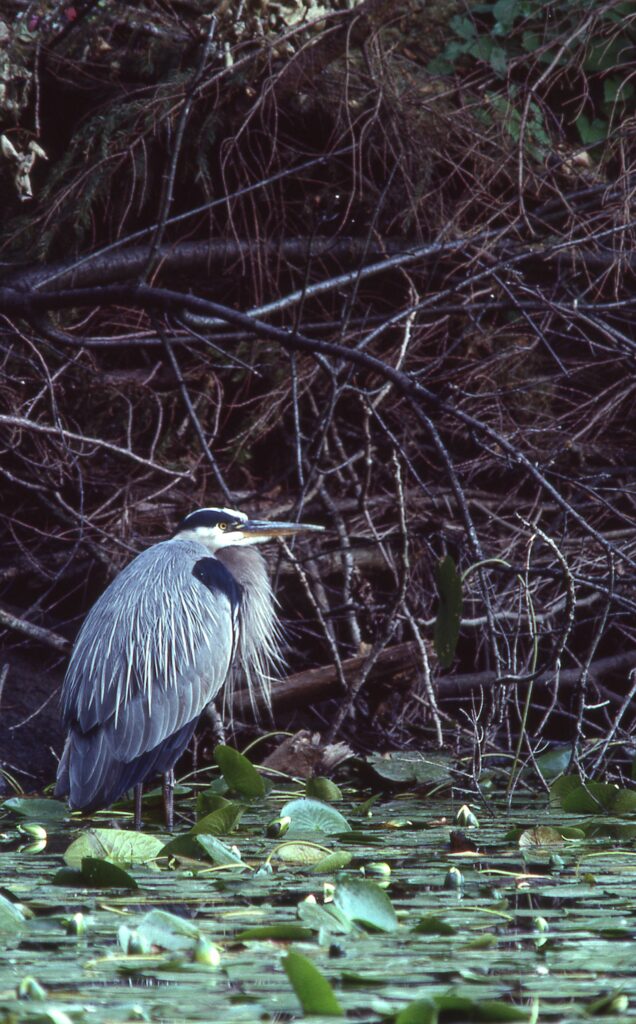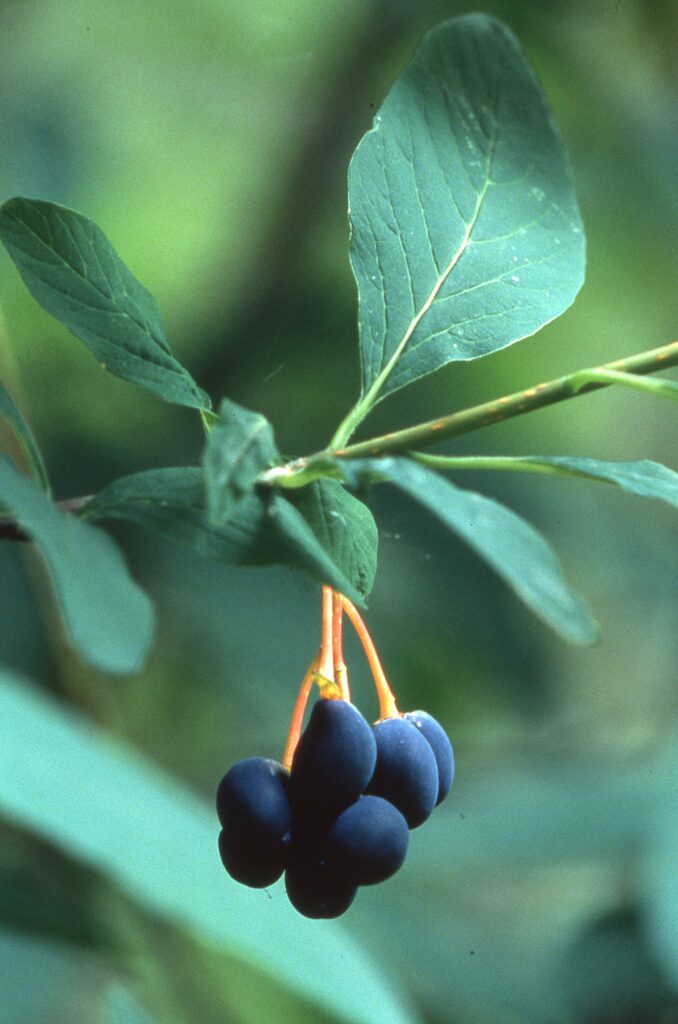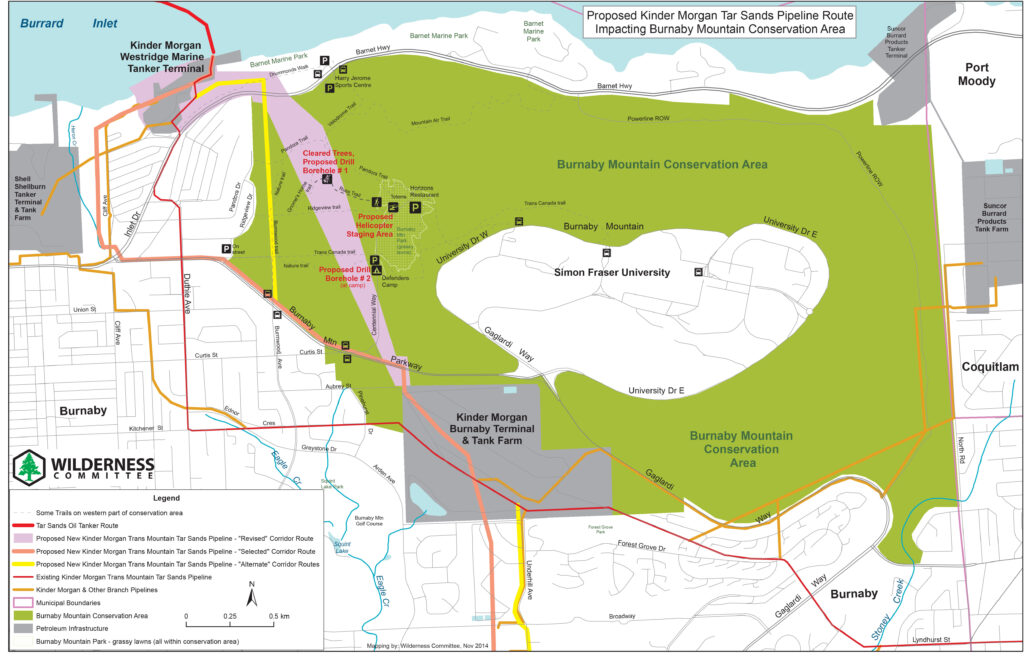

Who We Are
The Burnaby Mountain Preservation Society
In 1988, Merrill Gordon, Betty Gordon, Dean Lamont, and others formed the Burnaby Mountain Preservation Society (BMPS), which advocated for the return of land from Simon Fraser University to Burnaby and the creation of the Burnaby Mountain Conservation Area.
The work of the Society continues to this day.
The current focus of the BMPS is on:
- Celebrating biodiversity and the natural environment of Burnaby Mountain.
- Promoting and supporting responsible stewardship practices.
- Protecting the natural environment of Burnaby Mountain from habitat degradation, including such things as intrusive human activity, construction projects,soil erosion,fire, increased noise and light pollution, and invasive species.
Why the Conservation Area matters
Burnaby Mountain represents an important island of wildlife habitat in a predominantly urban area.
Created by a 1996 Burnaby public referendum, the 576 hectare Burnaby Mountain Conservation Area (BCMA) is one of the significant natural reserve areas in the lower mainland.
According to Conservation Data Centre classifications, at least eleven species of provincially Blue- and Red-listed wildlife may be found at or near Burnaby Mountain based on the types of habitats present and the geographic ranges of the species. The Burnaby Mountain Conservation Area rises from 25 to 366 metres above sea level.
The conservation area is large enough to support populations of medium-size mammals. Black-tailed deer, coyotes, foxes, raccoons, and black bears have been observed visiting the mountain slopes. More commonly found are small mammals such as bats, squirrels, rabbits, moles,voles, shrews and mice.
Bird species are typical of early successional coastal forest habitats and the mountain represents an important bird migration stop-over. There is a year-round habitat for a range of songbirds including dark-eyed juncos, spotted towhee, wrens, song sparrows, and chickadees as well as primary and secondary cavity nesters including woodpeckers and nuthatches. The Management Plan adopted by Burnaby in April 2000 identifies 88 potential or confirmed bird species based on consultant research and information from the Vancouver Natural History Society.
Watercourses found within the conservation area are concentrated on the southern and northern slopes of the mountain. The western and eastern slopes are generally devoid of major watercourses although ditches associated with trails or utility lines provide relatively stable drainage channels during periods of heavy runoff. Stoney Creek, Eagle Creek and Silver Creek on the south slope all support fish populations. Stoney Creek in particular is recognized for providing important salmon habitat in the Lower Mainland, supported by volunteer stewardship. Simon Creek on the north slope, contains relatively good habitat for fish and may benefit from future enhancement efforts.
Occasionally, cougars have also been sighted in and near Burnaby Mountain Conservation Area. Residents also observe bobcats in the area.
The Society has two aims, promoting public awareness of the of the conservation area and advocating for best practises in mitigating the environmental stressors affecting the conservation area.


